Food Deserts and Racial Disparities
“When you walk into Luna’s Grocery, I want you to feel represented.” —Mariam Nunez
Food Deserts and Racial Disparities
Food deserts limit access to healthy, affordable food — especially in communities of color. Angela Fitzgerald visits with Mariam Nunez of Luna's Groceries in Madison who shares how neighborhoods are tackling food inequity through local action. Together, they explore the racial and systemic barriers to food access — and the grassroots solutions changing that reality.
GUEST

Miriam Nunez
Mariam Nunez is the owner of Luna’s Groceries, a beloved neighborhood market in Madison dedicated to providing fresh, diverse and culturally relevant food options. Passionate about food access and community empowerment, she has made Luna’s a cornerstone for local families. Through her work, Miriam continues to champion inclusivity and sustainability in the grocery industry.
TRANSCRIPT
[bright music]
Announcer: The following program is a PBS Wisconsin original production.
Angela Fitzgerald: Food deserts are areas with limited access to affordable, nutritious food. But what is the impact of food deserts on predominantly Black neighborhoods or communities of color? And how are some community members trying to solve this issue themselves? Let’s find out why race matters when it comes to food deserts.
Many people think of grocery stores and farmers markets when discussing food access. But for thousands of Wisconsinites, especially in marginalized neighborhoods, finding healthy, affordable food isn’t that simple. These areas where fast food restaurants are prominent and access to fresh, nutritious food is scarce are called food deserts.
In 2023, about 1 in 7 households, or 13.5%, struggled to access affordable, nutritious meals. Food insecurity tends to hit rural and urban areas the hardest, and is disproportionately higher in Black and Latinx households compared to white households, leading to serious health problems like higher rates of obesity, diabetes, and heart disease for people living in these food deserts.
On this episode of Why Race Matters, we’ll hear from the owner of Luna’s Grocery, a Madison store working to change the game by bringing fresh food to neighborhoods that need it most. How are you doing today, Miriam?
Mariam Nunez: Good, how are you?
I’m doing well, thank you. And thank you for joining me tonight for a conversation around the important work that you’re doing to help address food deserts in Wisconsin. So can you tell us how you got started with that area of work?
Mariam: Well, I guess I started in 2018 was when I decided to purchase the building. It was a payday loan and a cashier’s check, and it was around my neighborhood. For years living in the neighborhood, my family always wondering, like, why is no grocery store around since SkyFoods moving? And I come from a family of grocers, so I always used to tell my family, “We’re gonna have a grocery store in this neighborhood.”
So two buildings came by. One was almost across the street from where the store is right now. And I tried to purchase, but somebody paid cash for the building, so they got it first. And then when the second building where Luna’s is right now came through, everything just flow to a point that we got it. And then the remodel started for us to be able to have Luna’s in that neighborhood. I don’t know if you know the history of the neighborhood.
Angela: No, I was gonna ask you to share a little bit about your neighborhood and just give us some background for people who may not be familiar.
Mariam: So we are located in the Allied, Allied Dunn’s Marsh neighborhood, and they had– they haven’t been since a grocery store for 10 years before we got there. They have Cub Foods, which was my first job when I moved from Dominican Republic. I was a bagger and then I became a cashier, and then they closed. Cub Foods left, and they went without a grocery store in that part of the neighborhood.
So the city had an initiative to bring a grocery store, and they advertised grants for any entrepreneurs that want to bring the grocery store. So they had, I believe, $300,000 available for whoever want to open a grocery store. Somehow, the idea that they have in the grocery store that they have, it was not what the neighborhood needed. The idea wasn’t attracting a lot of people to bring the grocery store, the model of grocery store. So when I decided years later, when I presented my model, they were super excited about it. And that’s how Luna’s was born, with my savings. And the city from the Madison.
Angela: We’re in Madison, Wisconsin. So there are grocery stores, but can you tell us the significance of having a store specifically in that neighborhood, and how that neighborhood might be unique when compared to other parts of the city?
Mariam: Yeah, so that’s funny that you mentioned that. So part of our slogan, it was “Feeding the Hungry Walker,” ’cause people will have to walk through a highway to get to a grocery store or through another highway to get to a gas station to get their food.
Angela: So I’m gonna say that one more time just, you know. Because that’s important.
Mariam: Yeah.
Angela: People have to walk through a highway to get to a grocery store or to a gas station, which we know is not equivalent to a grocery store, because what fresh produce? Maybe there are some gas stations that sell fresh produce, which is beautiful.
Mariam: They have bananas. [Mariam laughs]
Angela: Okay, so you can get some potassium, right, from the gas station. That’s great. Beyond that, maybe nothing else nutritious.
Mariam: Yeah.
Angela: Because a lot of times, we assume that, oh, everyone can drive or there are buses. But a bus route…
Mariam: Yeah, in the cold of Wisconsin.
Angela: It would take how long to get to a grocery store that might be a couple of minutes away by car, could take how long by bus?
Mariam: Exactly.
Angela: Right, from that community. So it’s not, access is not the same when you don’t have the resources to just move around freely like you would want to. So that has a direct effect, right? On people’s health, on their well-being. And also just that feeling of community, right? Because racially and ethnically, how does Allied look when compared to other parts of the city?
Mariam: Well, we change like the chameleon. So when I first opened Luna’s, it was about 40 and 60, 40%, within our community, 40% Black, 60% Latino. But, like, years before that, it was like about most of the, the people that lived there was African Americans. That changed with the years. And then now it’s about, it’s backward. It’s about 70% Latino and 30% Black.
Angela: But still a very diverse community when compared to other neighborhoods.
Mariam: Exactly, and within, within the Latino population, when I started the store, the majority of my customers, it was from Mexican descendants of people from Mexico. Now you can see Nicaraguans. You can see people from Colombia, you can see Venezuelans. So even within the different groups, and I don’t know if that happened with the African American community. So you can see people moving from other states. But even with our, within our Latino communities, changes that impact the food and the way that people purchase food.
Angela: Yes, and what are some of those changes?
Mariam: Like when I started, we focused a lot on meat.
Angela: Hm.
Mariam: And the amount of vegetables that we were, they were, they didn’t change because they, what we, what we use to cook, the vegetables were almost the same of what people from Mexico as the people that I’m trying to satisfy. Now we have more people from Venezuela, Nicaragua, Colombia, and the way that they cook is a little different. So the stuff that I have to have in the store, vegetable-wise and meat-wise, it looks different. The cuts that I have to have, it look different than when I started.
Angela: And that’s interesting because I think a lot of us might assume that grocery stores just have what they have, take it or leave it. And your approach sounds very much the opposite of that.
Mariam: Not my model. [laughs] [Angela laughs]
Angela: Right, so that, can you tell us about your model and how that might differ than the traditional way we think about groceries?
Mariam: The idea is, is a neighborhood grocery store. So when you walking in Luna’s, I want you to feel represented. So if the majority of my neighborhood is from, let’s say, Colombia, I want that when you get in, you can find the tortillas that you got in Colombia. You can find the vegetables that you use to cook. You can find the arepas that you serve with your meal. So when you buy stuff, you’re not just buying stuff that’s gonna give you nutrition, but it’s gonna have an impact culturally. And I want to replicate that with, like, every country that I have, a neighborhood that has an impact on the story of that neighborhood.
Angela: And that’s beautiful because providing access to healthy food is one thing, and that is valuable. I don’t want to minimize that point in terms of addressing the needs of food deserts, but you’re taking it a step beyond to say, “I am addressing your cultural and community needs by not just providing you with food, but providing you with food that you are familiar with, that you’re comfortable with, that you desire to have.”
Mariam: And that you’re gonna eat.
Angela: Right, like, I’m not trying to waste my produce, like, waste your money, like, things that you’re actually going to use.
Mariam: And that happened little bit at the beginning. So, because I went to the demographic. So I brought things that I thought people would eat. And I can give you an example. So I went and bought greens because I hear the greens have a really big impact in the African American community when they do meals, but I didn’t know that there was certain cuts, things that you prepare the greens before, or the type of greens that they were. So guess what happened with those greens?
Angela: What happened, they did not get eaten? [Angela laughs]
Mariam: They went to loss. And then people would be like, “Oh, but you don’t have greens.” I was like, “I have three types of greens. What are you talking about?”
Angela: Got it.
Mariam: But this is like what I’m talking about. I just don’t want to put food there and assume that you’re gonna eat it. I want to put food there that you will know how to prepare, and then you will like it, and that way you enjoy it and bring it to your family.
Angela: Mm-hmm, that is appreciated. Because I can say that’s been a big adjustment for me in moving to the state of Wisconsin from the East Coast was the absence of foods that I was familiar with, and I took that for granted. I have moved around a little bit, but still in that region originally before moving to the Midwest, and could find things relatively easily. So now coming here, I’m like, “Oh, I’m not seeing certain things,” and having to adjust or, you know, go to Amazon or whatever to try to satisfy those pieces of home.
But having those pieces of home present in your community does make that space feel like home. So I think you are doing work that helps people who are newer to the area feel like this can also, not exactly be like home, but at least feel somewhat like home to me. And that, that is awesome to see. You’re preparing to open your new location. Congratulations by the way.
Mariam: Thank you.
Angela: On South Park Street, that might be similar to your original location or that might be a little bit different. And how are you responding to those?
Mariam: I think it would be a mix of both. Let me tell you why.
Angela: Okay.
Mariam: I want to keep some of the things that make Luna’s Groceries or Luna’s Group what is Luna. Like the love for people, the community, the events. Like, taking into consideration the people that we live around. But I wanna really satisfy the people that live within that community within five mile, five miles from the store. So that means that I don’t know what the inventory is gonna look like.
Angela: Beyond the traditional grocery experience, what are some other things that you do to, I guess, invest in the community that you serve?
Mariam: Oh, we do everything. [Angela laughs] So we have the, I don’t know if they’re blessed or the amazing thing that we opened the store right when COVID started. So we help with vaccines when we partner with Thad. He’s the owner of Fitchburg Family Pharmacies, and he was, he came to the stores and do vaccine for my employees. Vaccine for the public, we give masks away. We tell people how to keep their hands sanitized and the family safe when it comes to germs.
We did clinics as the things were getting easy and the country was opened up. And then we also do bike rides. In front of the store, we have a bike stand where people in the neighborhood can bring their bag, their bikes, and they can be fixed within the store and have all the things that fix their bike. And we did… And also throughout the summer, the city comes and fixed the bikes from the neighborhood. So they do a Friday, they do the stand on Fridays. And the kids bring their bikes and they get fixed.
There’s Luna’s Block Party. We don’t partner with anyone in the capacity of doing it, but, like, we have partners that come at that event. And in that event last year, we have 40 vendors They came and sat in our parking lot and reached the parking lot and sell their food.
Angela: So you’re really taking this theme of public health to heart. Because not only is the public health component of addressing food desert needs being directly influenced by food, but it’s also the community education. It’s the other elements you’re bringing to really help support community needs. And just, again, kind of help build that sense of community within the Allied neighborhood.
Mariam: The thing is, well, like, because I grew up with a small grocery stores, when grocery stores come to my mind, it’s like a place that you go and buy your groceries. But you also ask the people who work there, like if they know anything about jobs, or if they know anything about finding a room, or if they know what is good for the cold. So it’s not just like you go in and grab the stuff that you need, it’s you going and finding more stuff outside of grocery for your family.
Angela: What’s some of the feedback that you’ve gotten from people over the years?
Mariam: People love the approach that they can come to the store and feel like they’re, like, in a Latin country because it’s music playing, some laughing, some laughing too loud that you think like, “It’s people working out here?” [both laugh] But they actually do. They work really hard. I have a really good staff.
Angela: Just having a good time while they’re working hard.
Mariam: Not so good feedback when I first started. Trying to decide for people what they want.
Angela: Mm.
Mariam: Not because you live, and I think that’s not a mistake that I make, I think it’s a mistake that is make in different places and places that have more decision than what I do. Trying to convince people what they want, not just because you feed this stereotype means that you’re gonna get, that you’re gonna like certain things.
Angela: Right, I can see that being part of the challenge of you trying to be responsive, but also, like, “I can’t be all things to all people.”
Mariam: Exactly, exactly.
Angela: So what’s the middle ground? What’s the approach that you use to try to reconcile that?
Mariam: So when it comes to groceries, we have a suggestion box. So if it’s something that is being asked for more than 10 people, that is something that we’re definitely gonna bring. But as long as staple things, staple things too. The play, a lot of people don’t ask, but when they ask, they will get something else. So those are the type of decisions that I deal.
Angela: Have you noticed changes in your community as a result of your presence, and not just– ’cause you mentioned people coming in and responding on, like, how the the culture of the store feels?
Mariam: Yeah, I feel, I always put it in my, in my post, “Allied Proud.” I think it comes from sort of pride to be in Allied now, not just because of me, but from people that are doing really good work. We have, like, the Boys and Girls Club. They are just always doing something for the neighborhood. And we have Luna’s and we have just people like Alice is somebody that lives in the neighborhood. And God bless her soul, she’s always doing this stuff for the neighborhood. So, like, having that mix and that community, it kind of changes the fear that people have for the Allied neighborhood before.
Angela: Yes. Absolutely, because I remember when I first moved here, there were certain places I was warned about as dangerous. And I’m looking around at the lakes and I’m like, “What about this city is dangerous?” But it’s that perception that certain places because of who is predominantly there.
Mariam: Yeah.
Angela: That brings fear for people. And you’re absolutely, like, combating that by saying, no, there’s beauty…
Mariam: Exactly.
Angela: …in who we are as a people, as a community. And I’m contributing to this. And also being able to elevate and tell the story at the same time.
Mariam: Yeah, and I think that people will fear things they don’t know, and people that are in those pockets that people fear usually put value if they see they’re being respected and they’re being brought into consideration. So when I first got here, I remember somebody telling me the story about this bakery in Milwaukee. They had protesters breaking a lot of business and that, and I don’t know the area, but that story stuck with me. And people from the neighborhood, they stepped down and stepped on top of the store and say, “No, you’re not breaking this one.” And it was because the consideration that they have to the owner.
Angela: Yes.
Mariam: That’s what I’m trying to bring in Luna’s. Like, if you walk in Luna’s, you’re not gonna see cameras. You’re not gonna, things protecting, like, the merchandise. And we deal with little theft, like any grocery store, but it’s not like how people would warn me that I’m gonna be out of business in one year.
Angela: Right. Well, what’s next for Luna’s? Aside from you getting ready for, you know, an expansion, exciting expansion opportunity, what do you see as the long-term future of Luna’s?
Mariam: So my dream for my family, the legacy that I wanna leave for my family is creating a model that I can put in any neighborhood in the United States. I wanna own 10 store, but, like, I wanna create that model that you can purchase. And if you see a neighborhood that is lacking in food, but it’s lacking in food because you don’t have the access to transportation, you don’t have the amount of people that requires to sustain a 20,000-square foot grocery store. You don’t have the resources, ’cause when you’re thinking about a huge store, you need to think about resources and blueprint, and some neighborhoods just don’t have that.
So the people can find Luna’s model as a fix to that. Here is a small model that you can find your fresh vegetables, fruits, healthy food that is gonna keep you family in good health condition. But you don’t have to go to a 20,000-square foot store, or you don’t have to get out of your neighborhood, or you don’t have to think about just the hassle of driving 15 minutes to get to a grocery store.
Angela: And that’s encouraging for people listening who might have an idea and not know how to get started. Recognizing there are tons of resources in your community, in your city. Tap into those organizations. Tap into those city offices, city contacts that can help you get going.
Mariam: And block the “no”s, too. Like, if somebody tell you “no,” just, like, block it.
Angela: Block the “no”s.
Mariam: Yeah. And find somebody to tell you “yes.” Especially if you have a very strong, like, idea or you in your gut feel it, that it’s gonna happen.
Angela: Don’t let those “no”s stop you.
Mariam: No, because it can be “no” for somebody else, but a “yes” for you.
Angela: I like that, that’s a mic drop, Mariam. [both laugh] Thank you for that.
Mariam: You’re welcome.
Angela: The prevalence of food deserts in predominantly Black neighborhoods highlights the deep connection between systemic inequities and public health. Addressing this issue means more than providing access to fresh food. It requires dismantling barriers perpetuating economic and racial disparities. By prioritizing equity in food systems, we can create healthier, more just communities for all.
Watch additional episodes and content at whyracematters.org.
[bright music]
Announcer: Funding for Why Race Matters is provided by Park Bank, UnityPoint Health Meriter, UW Health, donors to the Focus Fund for Wisconsin programs, and Friends of PBS Wisconsin.
 Passport
Passport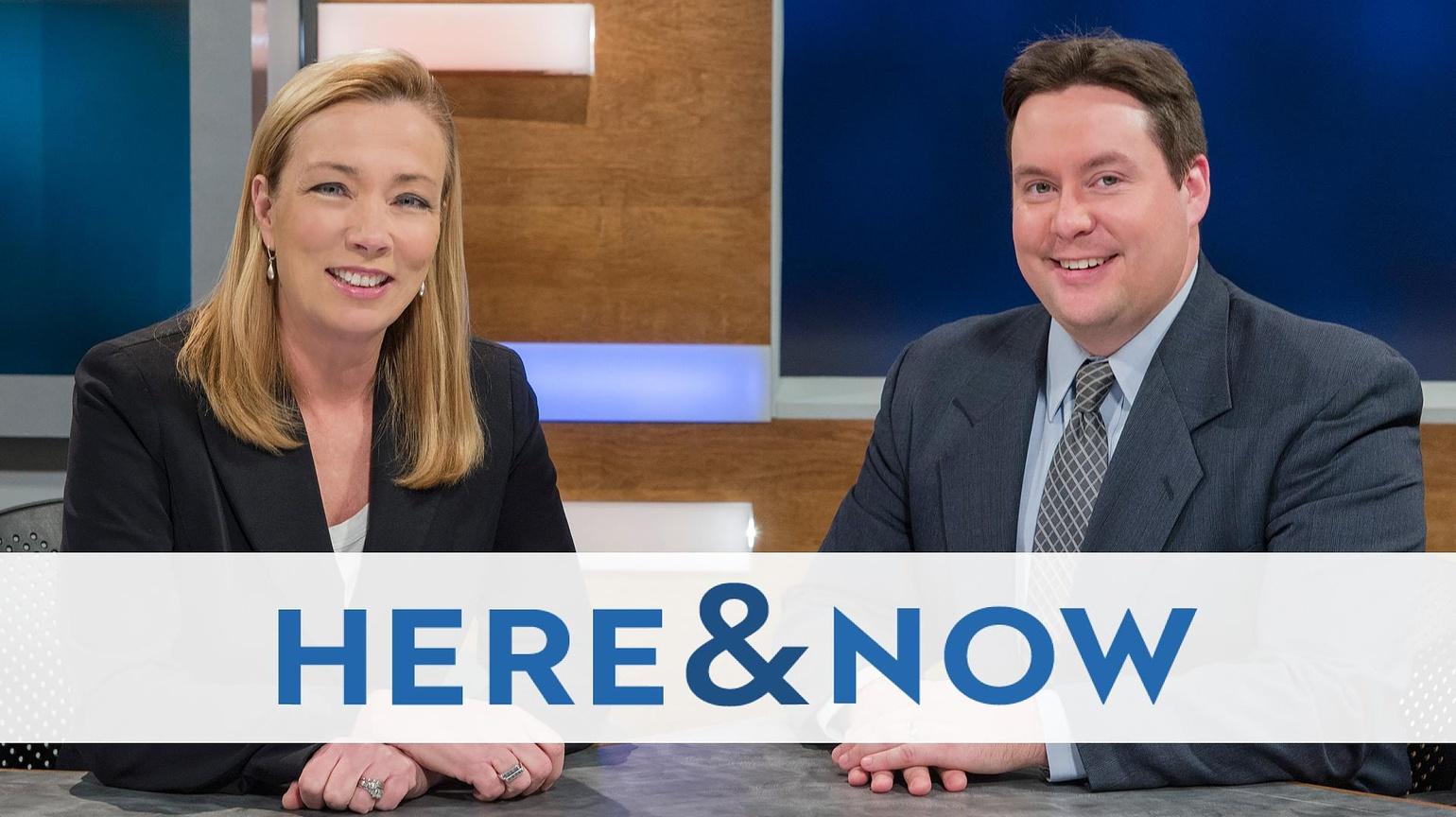
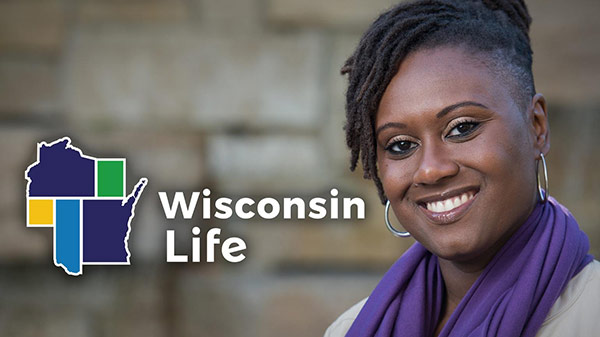
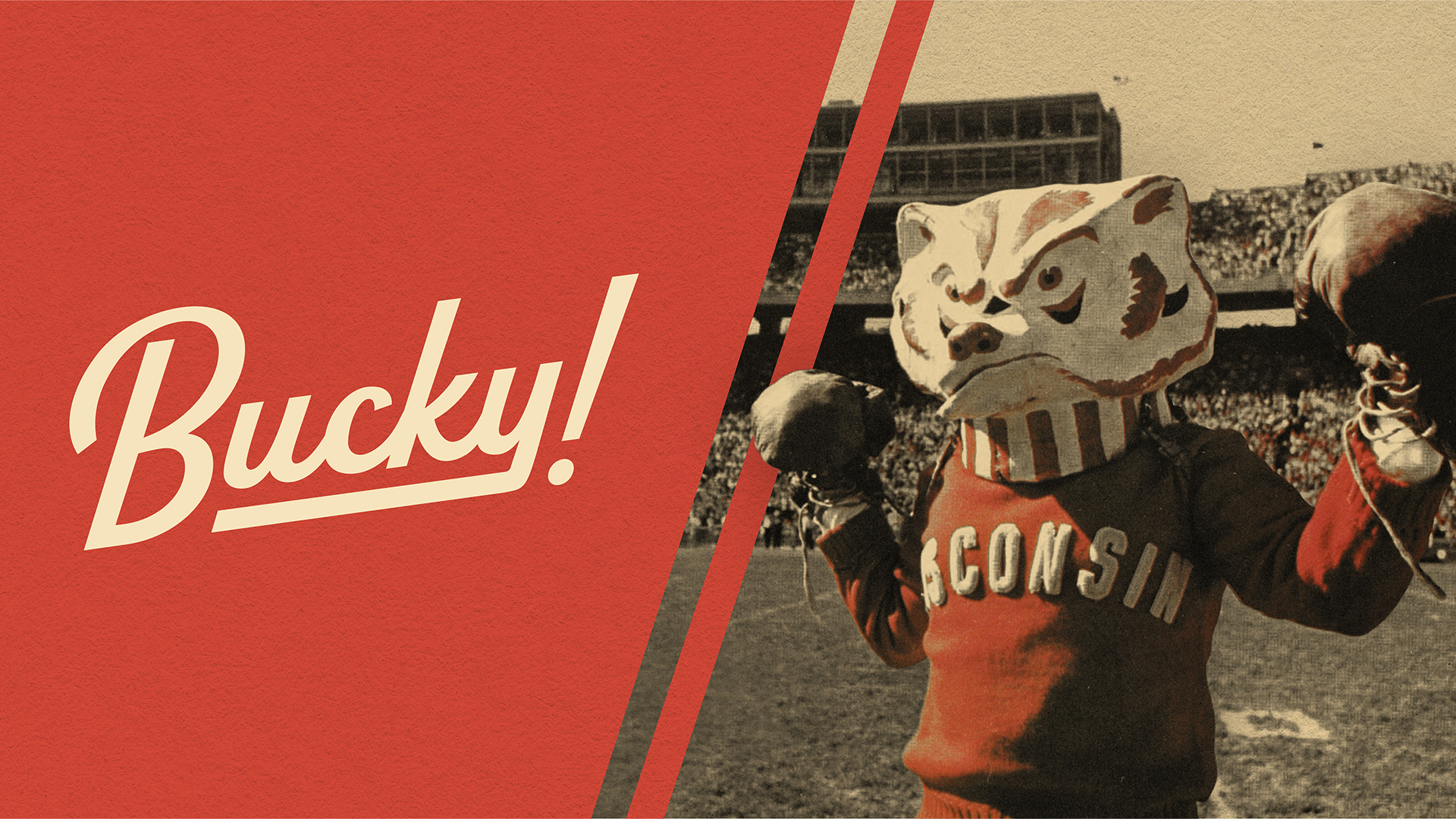
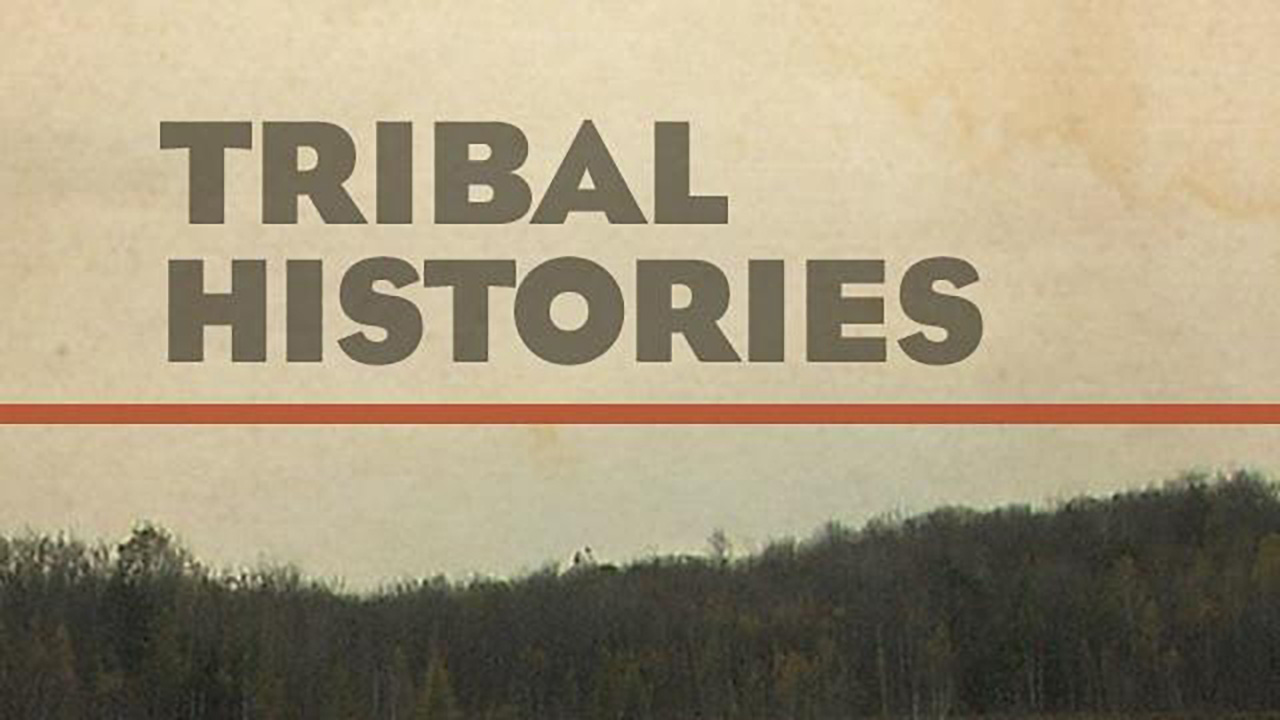


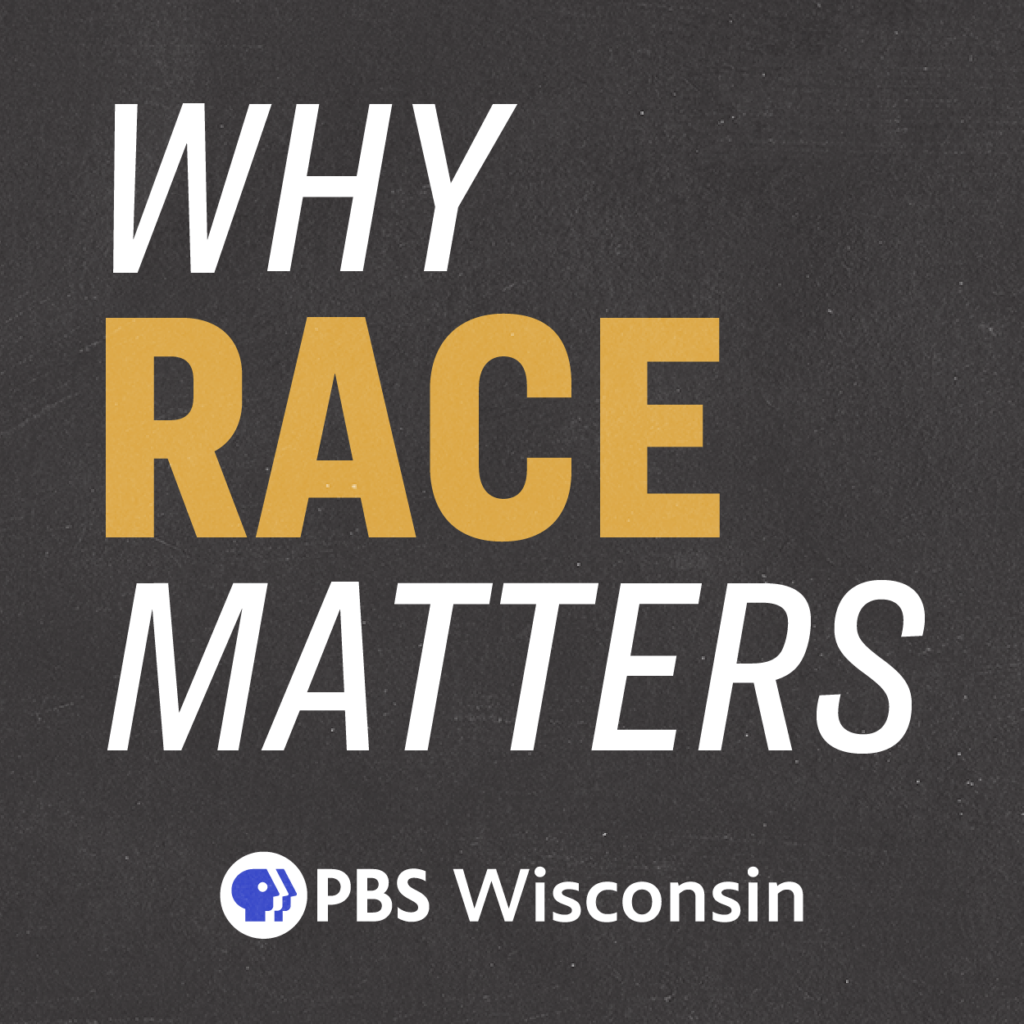

Follow Us